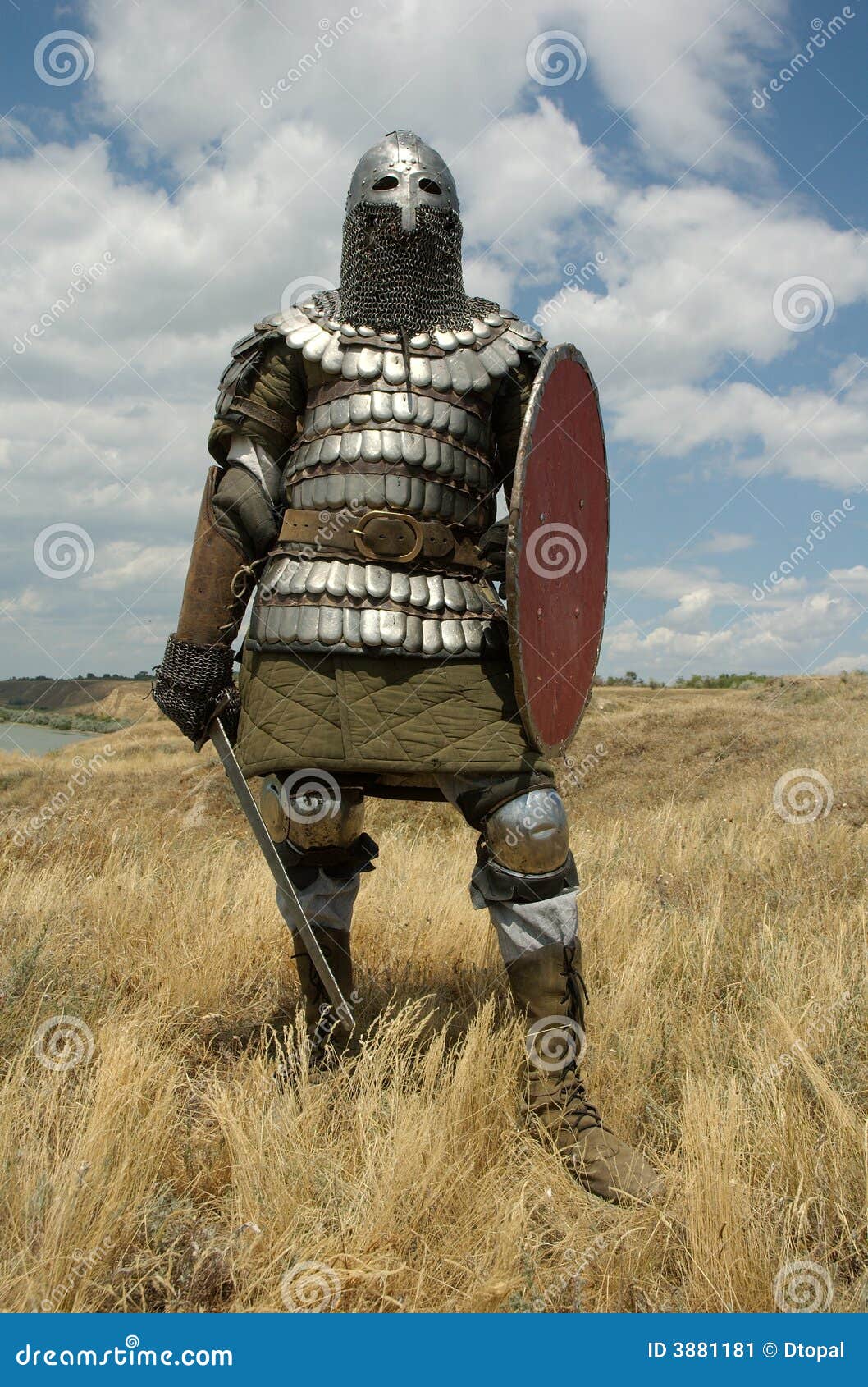

The breastplate became more common from the mid-14th century CE.

Under the mail coat, extra protection and comfort were provided by a padded tunic (aketon, wambais or pourpoint) made from a double layer of cotton stuffed with wool or more cotton.Ī circular disk (besagew) in front of the armpit protected the exposed area between the arm & chest plates.īy the second quarter of the 14th century CE, many knights were now wearing steel plate armour on top of chain mail. The hood part, padded or lined on the inside or worn with a cap for comfort, was pulled over the head with sometimes a ventail which could be fastened across the mouth. The hauberk had leather laces at key points such as the neck to make it a snug fit and ensure no flesh was left exposed. The arms included mittens (mufflers) which could be passed over the exterior of the hands alternatively, mail or metal plate and leather gauntlets were worn (from the 14th century CE). The coat, which often hung down to the knees, was known as a hauberk. A hooded coat, trousers, gloves, and shoes could all be made from mail and so cover the entire body of the knight except the face. It was made from hundreds of small interlinking iron rings additionally held together by rivets so that the armour followed the contours of the body. Armour lasted well into the age of firearms from the 15th century CE and was even tested against bullets fired at close range but the age of the knight was by then nearly over, soon to be replaced by the cheaper-to-equip soldier who needed far less skill in firing guns and canons.Ĭhain mail armour was commonly used by knights from the 9th up to the late 13th century CE, although it did continue to be worn into the 15th century CE, often under plate armour.
#Medieval europe knights full
Chain mail was cleaned by swirling the armour around a barrel full of sand and vinegar squires must have been as relieved to see the advent of smooth plate armour as the blacksmiths who had spent untold hours of tedium forging tiny metal rings into a coat of chain mail. Armour had to be regularly cared for, and it was usually the duty of a knight's squire to clean and polish it. The cash-strapped knight could also hire a suit of armour or, at a push, win a suit by defeating an opponent either at a medieval tournament or in battle itself.

There are records, too, of sovereigns replacing armour damaged in battle. Knights had to provide their own armour, but sometimes a sovereign or baron under which they served did give them either a whole or a piece of armour. Armour pieces have survived from the medieval period, and besides these, historians rely on descriptions in contemporary texts, illustrations, and the stone tombs of knights which were frequently topped by a life-size carving of the deceased (effigy) in full battledress.


 0 kommentar(er)
0 kommentar(er)
